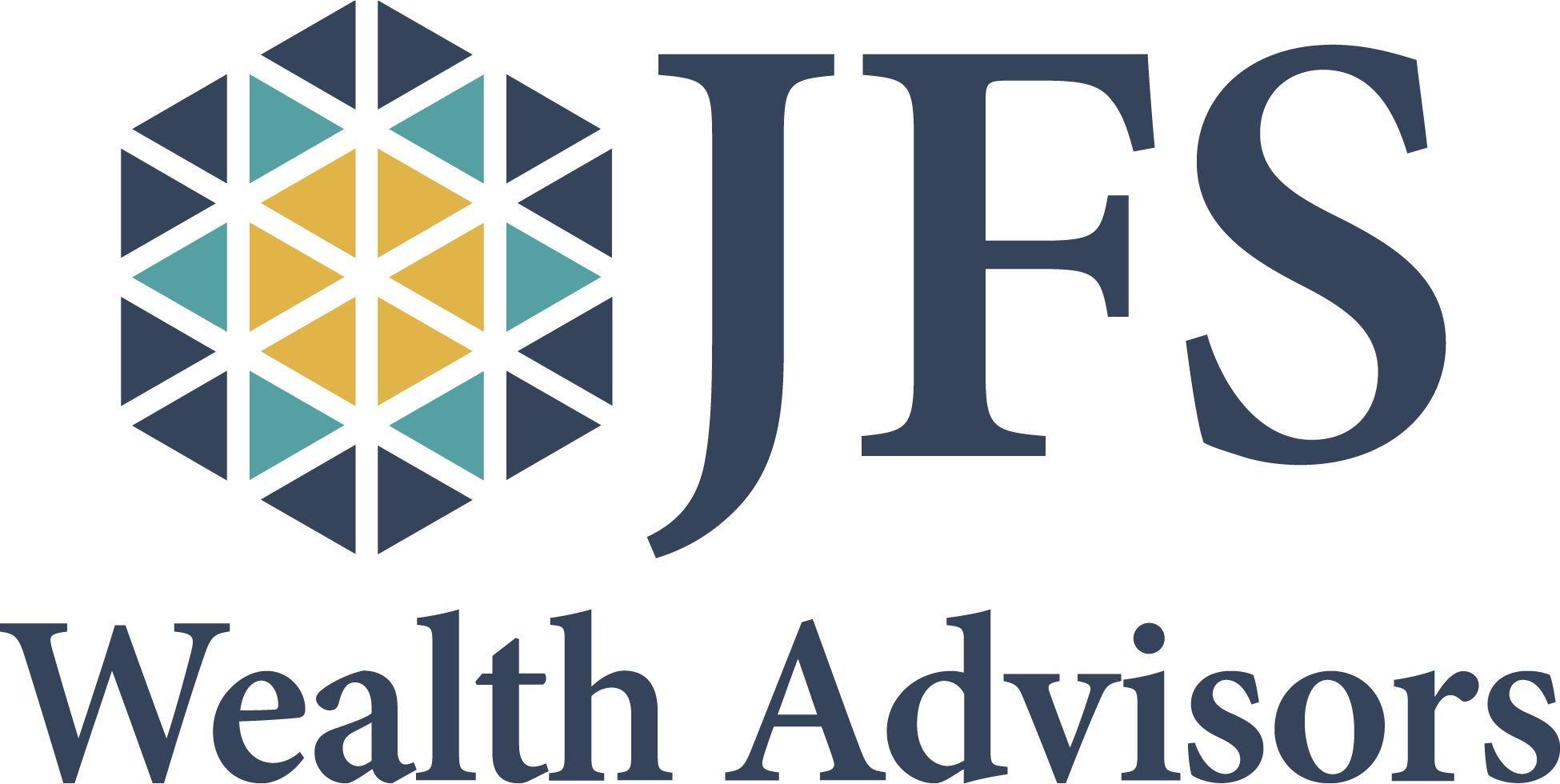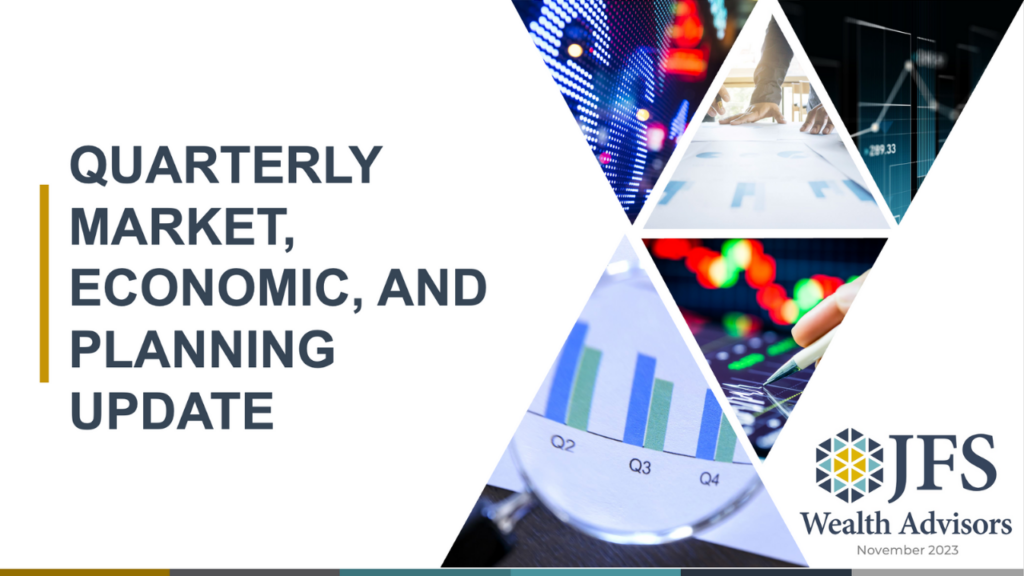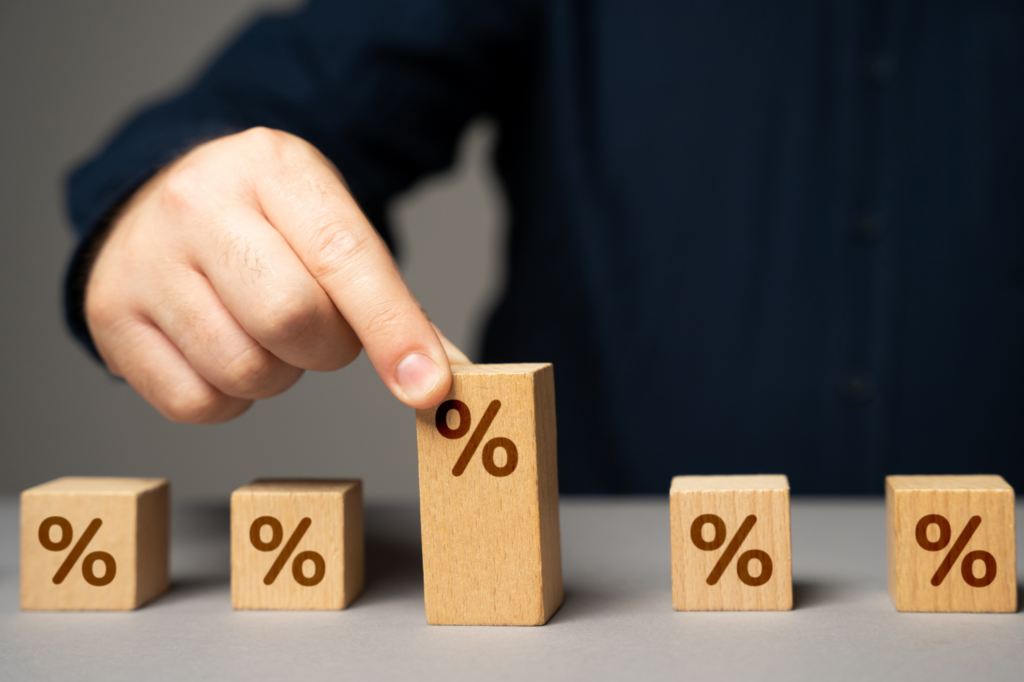Early on December 24th, 2021, the James Webb Space Telescope was launched into orbit – the culmination of over 15 years of planning. The telescope will sit in a stationary orbit near the sun and be able to (so we are told) peer back in time to nearly the beginning of the universe. Just so you know, the sunlight that hits us daily took 8 minutes to get here, so the James Webb will be seeing light waves that left their origins perhaps millions of light-years ago. Fascinating stuff for sure, but what the heck does it have to do with financial markets?
Our thought was about gravity and the speed needed to break the bonds of the earth, and how markets have a similar gravity. An object leaving the planet needs to be traveling about 7 miles per second (25,000 mph) to get out of earth’s gravitational pull. High-flying stocks have no critical speed to reach to outperform their peers, they just need certain market conditions. The trick at that point becomes maintaining “orbit” above the market, and that is a completely different dynamic – harder to keep than to initially attain.
Now that we have concluded 2021, we can say without question it was a very good year. All three major U.S. stock averages, the Dow, S&P 500, and the Nasdaq saw double-digit gains. While these indices were in ascent mode, one section of the market, the so-called, “stay at home stocks,” achieved a gravity-defying breakout.
And in this sector of highfliers, an even brighter “star” emerged in the form of first-mover fund manager Cathy Woods and her ARK family of exchange traded funds. Ms. Woods quickly became the darling of this “new era” of winners investing with stellar overnight returns. Sound familiar? It was reminiscent of Kevin Landis, circa mid/late-1990’s, who led the Firsthand Technology funds during the original internet boom.
It should be noted that Mr. Landis continues to run Firsthand Funds and has been an outstanding technology investor, and we tip our hat to Ms. Woods for first identifying the pandemic-driven trend and capitalizing upon it. But what both periods of time have in common is that the broad markets have a “gradational pull” guaranteed to pull highfliers back within normal boundaries. No amount of hard work can overcome the inevitable pull of market gravity. It is happening as we write.
Several things occur. First, Wall Street is quick to follow a trend that is making money. So, while Ms. Woods, and Mr. Landis during his time in the spotlight, enjoyed reaping a lot of the money early on, Wall Street players, not to be left out of the party, quickly began replicating the strategies. Soon there were “ARK” type funds being offered from many different investment companies. And because grudges do often occur, Wall Street began selling “anti-ARK” funds, betting that gravity would indeed have its way. Today, gravity seems to be winning.
In addition, “gravity” today consists not only of the trades being crowded (too few stocks to fill everyone’s portfolio, so prices get bid higher), but also market anxiety over rising costs and interest rates. Cheap money has been a speculative fuel for markets. Since future earnings are discounted by a discount rate (remember your Economics 101 class?), when the price of money is near zero as it has been, the future earnings are, well, theoretically unlimited!
Now that the Fed is slowing the money spigot, rates are moving higher which means future earnings are adjusted downward because of the higher discount rate. That adjusts the price/earnings ratio (the P/E moves higher since the earnings are lower) which means other investments start to look more attractive on a relative P/E basis.
And finally, fear and greed – everyone’s two silent investors – begin to kick in. Those that bought winning companies early start ringing the cash register as stocks approach their apogee of orbit. Those that got in late start to second-guess their euphoria and look to preserve what they can before perigee kicks in (we love NASA stuff!). Selling begets more selling before the ultimate washout. The cycle eventually begins anew at some point in the future.
This is not just a lesson about gravity, but of a time-tested market axiom we enjoy sharing: “In the short run the market is a voting machine, in the long run it is a weighing machine.” The market “voting” takes place very quickly and is simply the volatility we experience day to day in the markets. It is driven by short-term trading, and often exacerbated by emotion and reaction – not thoughtful or patient investing.
The “weighing” is the long-term perspective all investors should assume for their investments. Building wealth takes time and it takes work. It requires attention to market fundamentals and understanding a bit about the Wall Street machinery.
This is what we do as your advisors, build wealth over the long term. It’s not really rocket science, but it is hard and patient daily work, and it does involve some of the same basic principles – maybe just applied a bit differently.



















